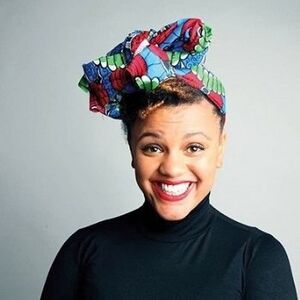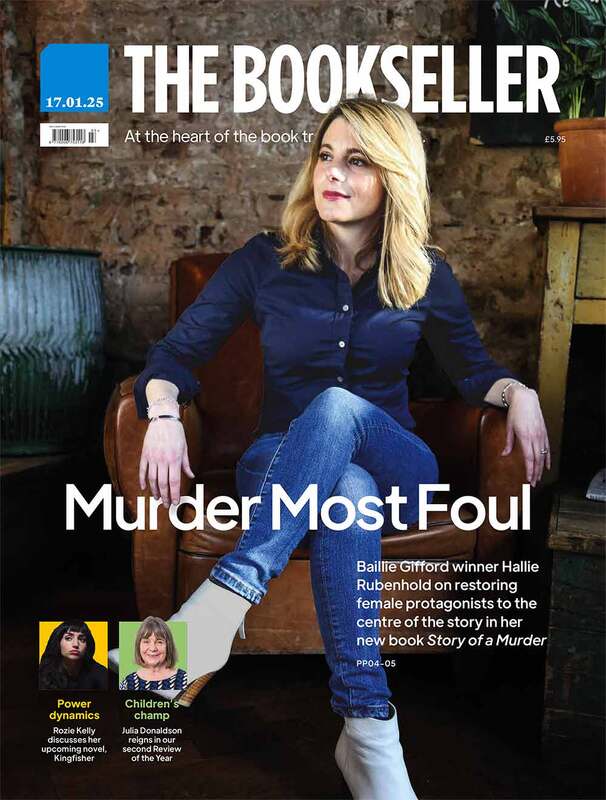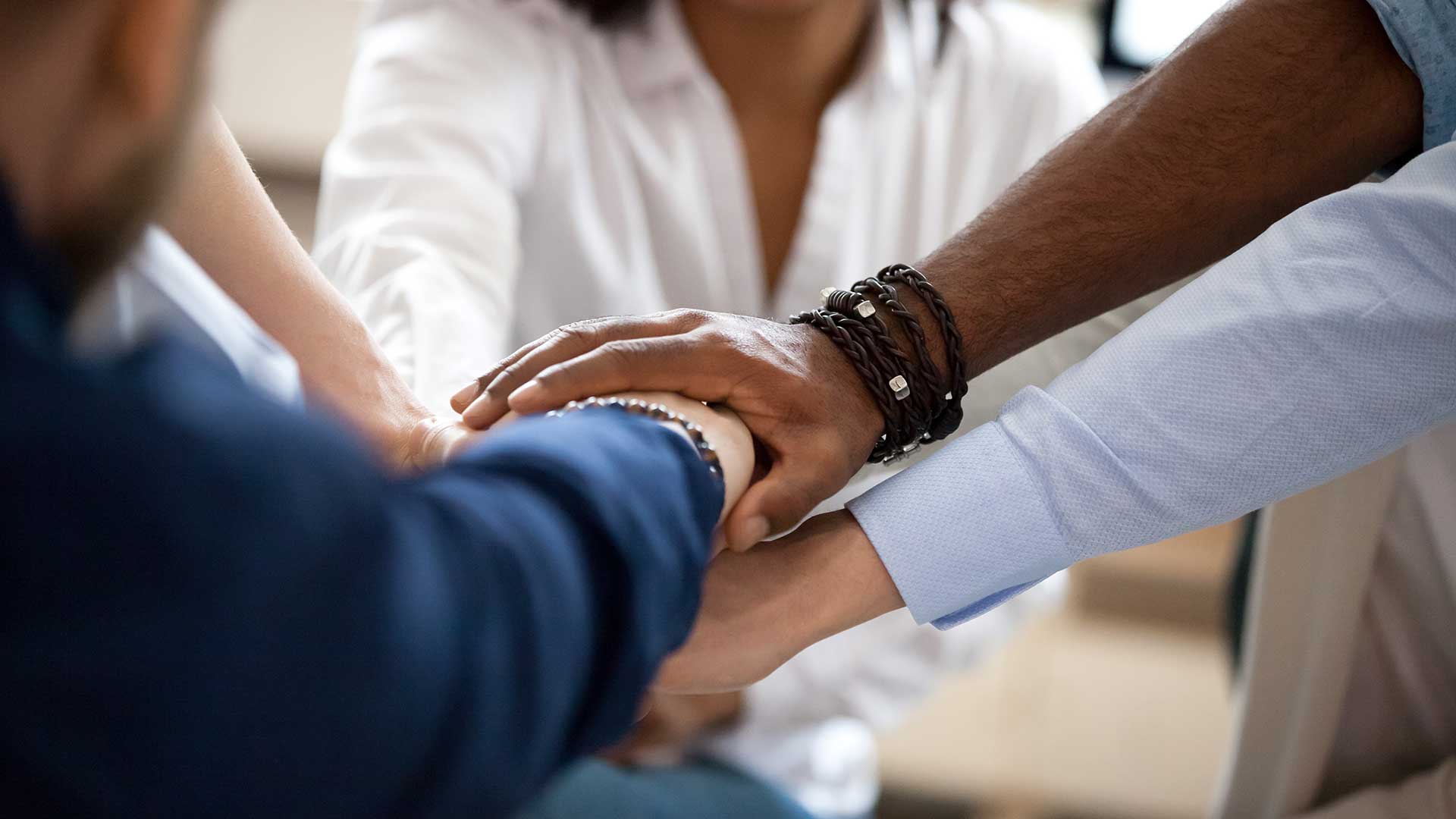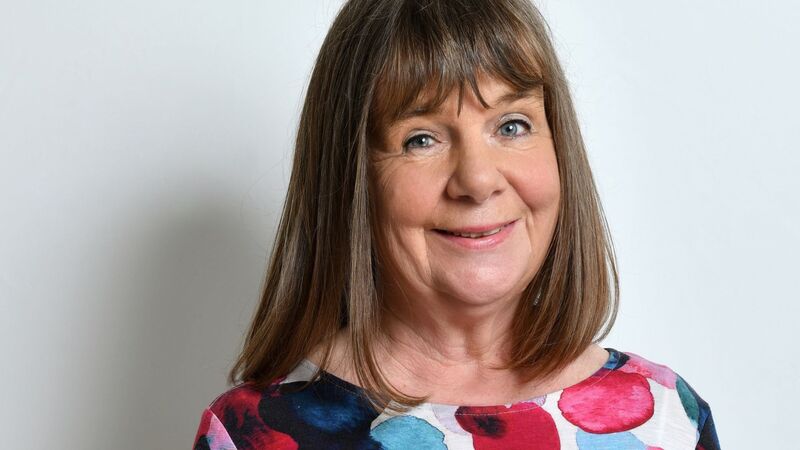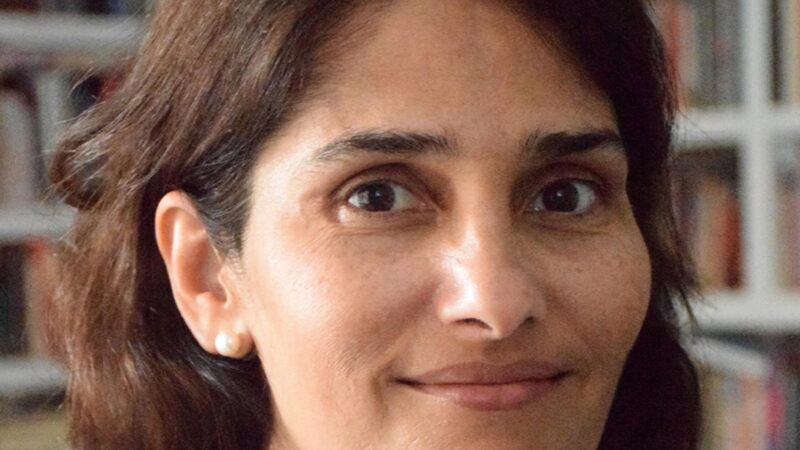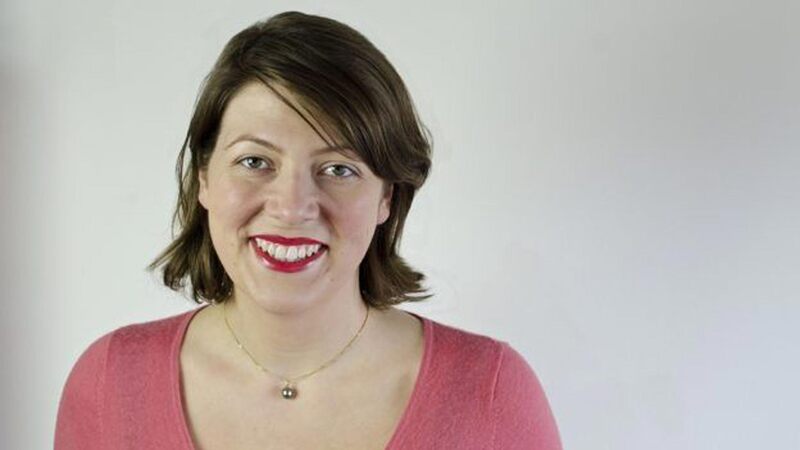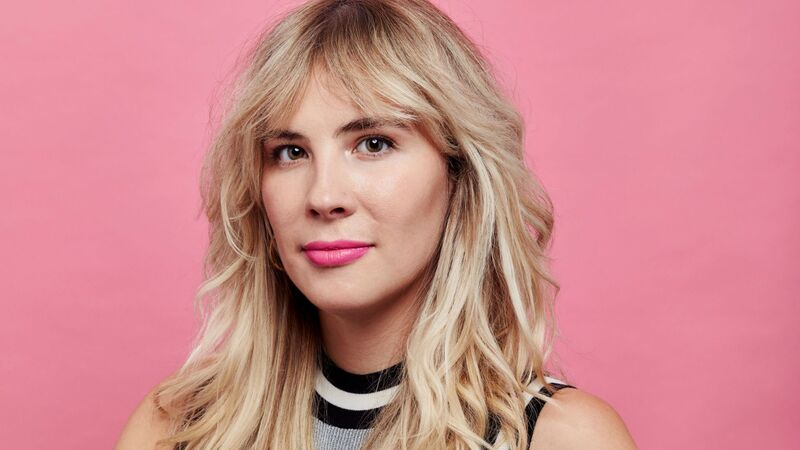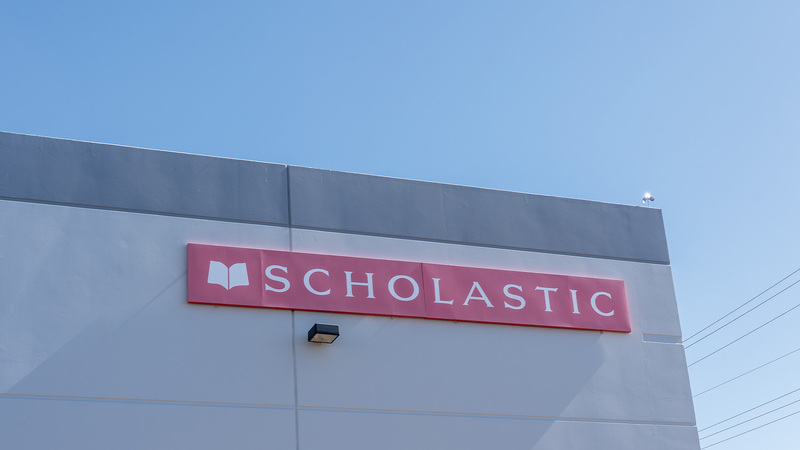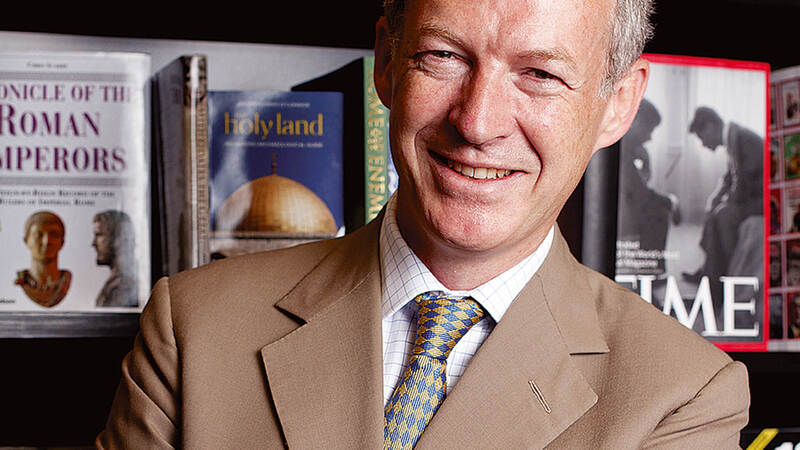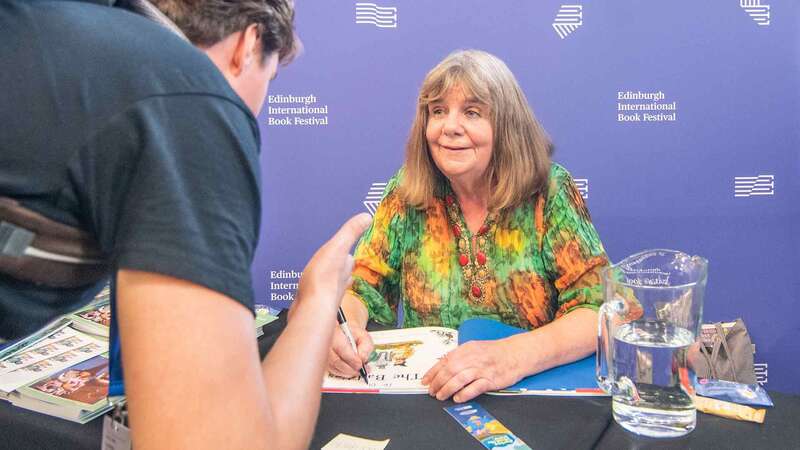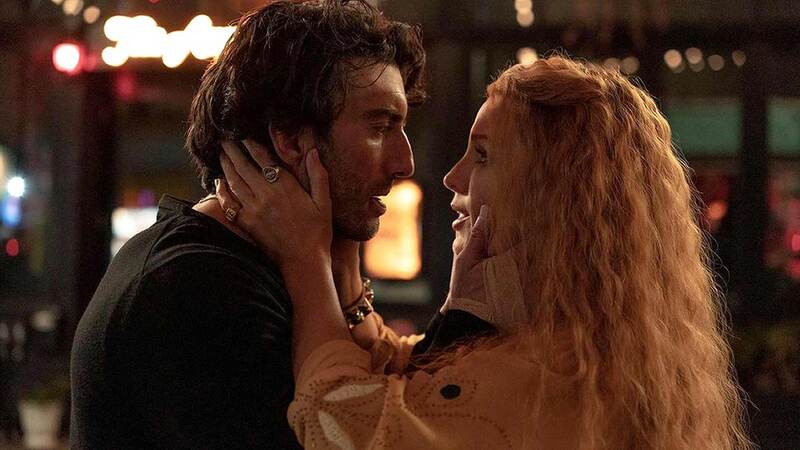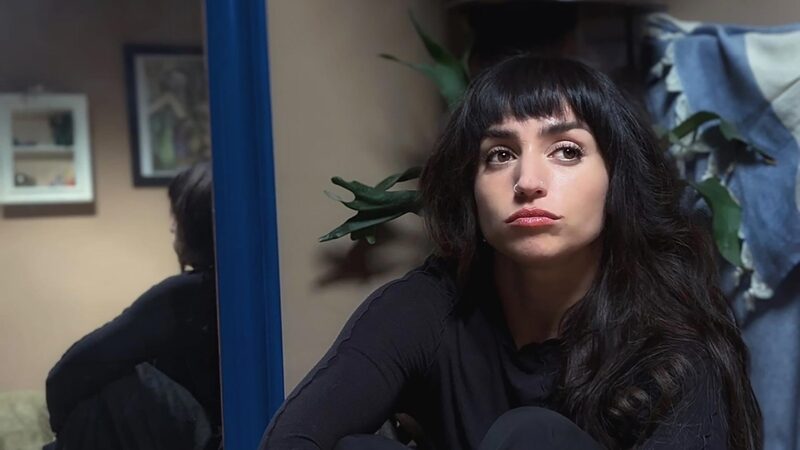You are viewing your 1 free article this month. Login to read more articles.
Ecologies of connection
Most of history is told through a traditionally colonial and often patriarchal lens, but there are other ways of sharing stories.
The test I’d bought at Tesco in a remote part of Argyle on the West Coast of Scotland read “two to three weeks pregnant”. This time last year, I organised an interdisciplinary residency at a renowned centre for practitioners called Cove Park. There I was, in my “pod” accommodation, giddy with the view of Highland cattle out my window, rushing from the frozen temperatures and attempting to pull off, for the first time, a curated experience (which would result in a fortnight of creatives coming through a “revolving door” retreat. My brief—to alleviate pressure—for artists to come together, to experiment, to play, to sleep, read, write, eat, cold water swim, facilitate… to see if we could collectively achieve a sense of unity by cutting out bureaucratic boundaries).
Within this time I had scheduled to invite some trusted and respected souls into a huge room on-site and see if we could try out something that I’d been dreaming about. To see if I could adapt the text from my upcoming new book into a live performance. All of it was enriching and full activity, with the backdrop of the gorgeous lands of my ancestors on my Scottish side, and there I was, nervous about the multiplicity of it all, while also pregnant.
Before now, most people know me for my true love of communication, channelled into the craft of making radio on various BBC networks for nearly 20 years. In that time, I’d travelled the world in search of cultural connection, basked in the rocking and rolling, both backstage and on stage, at festivals and concerts, and my world has been shaped by a deep cultural understanding of the importance of art in society.
A lot of people don’t know that it all started when I trained in theatre at The BRIT School for Performing Arts and where, aged of 16-18, I was taught about the the practices of live art, from the avant garde to physical theatre and where our tutors got away with teaching us a whole term about the Velvet Underground.
To this day I’m always learning about the ecologies of connection and, as I’ve grown my career as a broadcaster, the entwined channels of communication have opened up and led me to writing, a developing voyage of love and lunacy in a precarious and flawed sector, I have at many points been left broke and tired and breathing through a sense that I’m constantly having to justify what I do. Yet, there is still radio, people, books, storytelling and theatre. They are all part of me, and this next project blends so much of my experience up until now. This time I’m being called to step into the role of artist beyond my usual documentation of the process of others.
We speak, we write, we do language. That is how civilisations heal
The Immortal Sisterhood is my first foray in publishing a title for adults. It is a work of non-fiction, part biography, part memoir, exploring the interconnections of 12 real women from history, and I have been writing it for nearly five years. The more I wrote, the more it became more than literature. I wanted to explore embodied reverence, collective honouring and started to wonder why most of history is told through a traditionally colonial and often patriarchal lens. I thought about how we so often revert to the tragedies in women’s lives via the voyeurism of dramatic biopics and how this process made me long to celebrate the women I was writing about in ritual, through responsive poetry, through movement and through sound.
So I brought together two classically trained opera singers and composers (Roxanne Tataei and A Jones), a cellist (Simone Seales) and a movement director (Mele Broomes), all of whom I think are the best artists I know, and we all stood in the huge room that day on the West Coast of Scotland with my drafts and research into these women on whose shoulders I know we stand.
A year later and the piece is in motion—an ensemble-led hour of music theatre—and I’m in it, reciting, dancing and deviating so far from what I’m known for, stepping out of a comfort zone that often had me trying to quieten imposter syndrome anyway. “The Immortal Sisterhood LIVE” is happening and we premiere at The Lincoln Centre in New York on 17th January. As a Black-led show about the power of women, I hope for it to offer catharsis to an audience processing the election results Stateside.
With UK shows to be announced, the timeline has now evolved to a book and live show campaign for 2025. I’ve also had my baby daughter, Alpharita, named after the queen of reggae, Rita Marley. None of the kismet is lost on me, none of the faith and will of my collaborators not profoundly felt.
I have been a writer, director, ensemble member and author, rebirthing myself into motherhood at the same time as an arts funding crisis continues in the country in which I’m based. The jeopardy and lessons have been life-changing, and I’m ready to bring forth the Sisterhood to audiences in all its forms, because, as Toni Morrison once said: “There is no time for despair, no place for self-pity, no need for silence and no room for fear. We speak, we write, we do language. That is how civilisations heal.”
Gemma Cairney is a television and radio presenter best known for her work on BBC Radio 1 and BBC Radio 6 Music. She has published two YA books with Pan Macmillan; her first adult book The Immortal Sisterhood is to be published by Canongate in September 2025.
